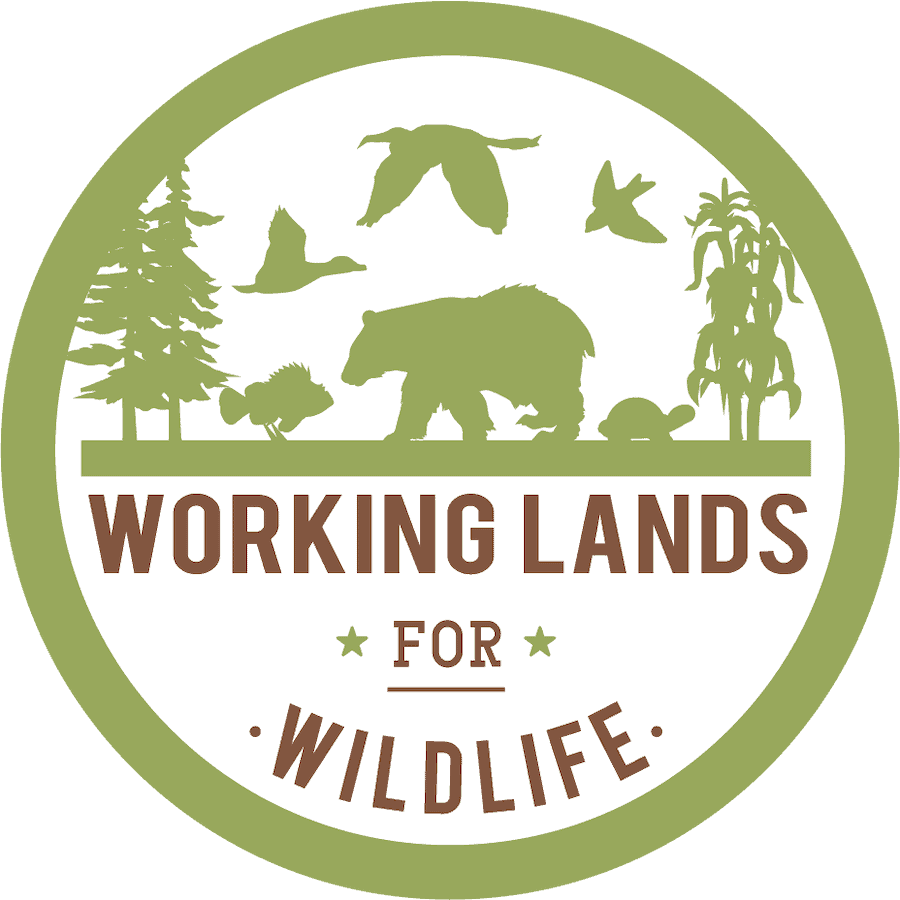-
 Landfire Lead Image
Landfire Lead Image
-
by
Web Editor
—
published
Aug 25, 2020
Image for Landfire thumbnail and landing page.
Located in
Fire Mapping
/
National Fire Mapping
/
Landfire
-
Landfire Postcard November 2019
-
by
Web Editor
—
published
Nov 17, 2019
—
filed under:
LF,
LANDFIRE,
Map Products,
Forest Service,
U.S. Department of the Interior,
U.S. Department of Agriculture,
News,
Newsletter
As 2019 winds down, LANDFIRE offers a sincere thank you to all who contributed to the program this year. LF is a cornerstone of a fully integrated national data information framework that is developing and improving vegetation and fuels products to support strategic fire and resource management planning and analysis.
Located in
News & Events
/
Wildland Fire Newletters
/
Landfire Bulletin Newsletters
-
Landowner Feedback
-
by
Web Editor
—
published
Mar 10, 2023
Depending on your needs and interests, there are several ways to contact us via this portal.
Located in
Landowner Information
-
Landscape Partnership WLFW Wildland Fire Courses
-
by
Web Editor
—
published
Feb 13, 2024
—
last modified
Jan 15, 2025 06:41 PM
Located in
Resources
-
 Learn All About Hellbenders and Take a Tour
Learn All About Hellbenders and Take a Tour
-
by
Web Editor
—
published
Jun 04, 2020
—
last modified
Jul 26, 2023 01:23 PM
—
filed under:
Online Training Resources,
WLFW,
Purdue University,
Eastern Hellbender Additional Resources,
Webinars and Instructional Videos,
Webinar,
Video,
Aquatics,
Additional Resources,
Working Lands for Wildlife,
Eastern Hellbender,
Resources
Do you know what a hellbender is or where they can be found? This live session will answer those questions for you, show you what they look like by taking you on a virtual tour, share where they live, what they like to eat and who their predators are.
Located in
Online Training Resources
/
Webinars and Videos
-
Longleaf Legacy Landscape Viewer
-
by
Web Editor
—
published
Mar 02, 2020
—
last modified
Jun 24, 2020 03:28 PM
—
filed under:
Fire,
Fire Mapping
Located in
Fire Mapping
/
Regional Fire Mapping
-
 Longleaf Legacy Landscape Viewer Image
Longleaf Legacy Landscape Viewer Image
-
by
Web Editor
—
published
Apr 08, 2020
—
last modified
Jun 24, 2020 03:28 PM
Longleaf Legacy Landscape Viewer Image
Located in
Fire Mapping
/
Regional Fire Mapping
/
Longleaf Legacy Landscape Viewer
-
Maintaining Quail and Grassland Bird Habitat in the Agricultural Landscape
-
by
Web Editor
—
published
Feb 22, 2021
—
last modified
Apr 21, 2023 02:08 PM
—
filed under:
Training Resources,
WLFW,
Webinars and Instructional Videos,
Northern Bobwhite Quail,
Webinar,
Grasslands and Savannas,
Working Lands for Wildlife,
NBCI,
NBCI Bobwhite Seminars
Northern bobwhite quail and many other grassland bird species have experienced significant population declines over the last several decades. Loss of native grassland habitat is one of the primary causes of these declines. The CP33 – Habitat Buffers for Upland Birds is a Continuous Conservation Reserve Program (CRP) practice that provides nesting and brooding habitat for quail and other grassland birds on less productive cropland field margins. The CP33 buffer practice can help maintain important native grassland habitat within an agricultural landscape. This webinar will discuss the CP33 practice requirements, their importance on the landscape and how best to establish, manage, and maintain the habitat quality for quail and grassland birds.
Located in
Training Resources
/
Webinars and Instructional Videos
/
NBCI Bobwhite Seminars
-
 Managing agricultural land for quail
Managing agricultural land for quail
-
by
Web Editor
—
published
Feb 22, 2021
—
last modified
Apr 21, 2023 02:20 PM
—
filed under:
Training Resources,
WLFW,
Webinars and Instructional Videos,
Northern Bobwhite Quail,
Bobwhite Quail Seminar Series,
Video,
Grasslands and Savannas,
South Carolina Bobwhite Initiative,
Working Lands for Wildlife
Cropland used to be synonymous with bobwhite whistles in South Carolina. As Ted Rainwater, Quail Forever Farm Bill Biologist, explains, there a many things a landowner can do to modern agriculture to make it more quail-friendly.
Located in
Training Resources
/
Webinars and Instructional Videos
/
Bobwhite Quail Seminar Series
-
Managing Oak Forests for Northern Bobwhite Quail
-
by
Web Editor
—
published
Feb 22, 2021
—
last modified
Apr 21, 2023 02:07 PM
—
filed under:
Training Resources,
WLFW,
Webinars and Instructional Videos,
Northern Bobwhite Quail,
Webinar,
Grasslands and Savannas,
Working Lands for Wildlife,
NBCI,
NBCI Bobwhite Seminars
The southeastern United States has millions of acres of oak dominated forests that have a closed canopy with limited herbaceous and shrub understory that northern bobwhite require. However, research has demonstrated that with adequate overstory thinning, and the use of frequent prescribed fire, these forests can support populations of Northern Bobwhite Quail, presenting perhaps the best opportunity for large-scale quail restoration in the region. Participants in the webinar will learn about managing oak forests and restoration efforts related to northern bobwhite quail.
Located in
Training Resources
/
Webinars and Instructional Videos
/
NBCI Bobwhite Seminars


